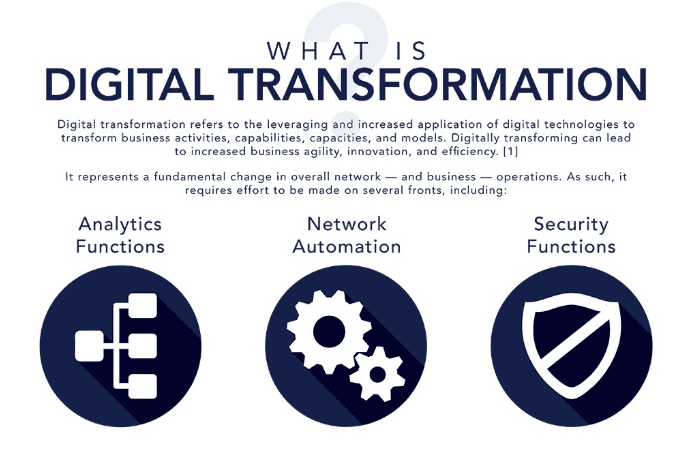
As AI reshapes industries, advanced networking infrastructure is emerging as the new battleground for speed, scalability, and competitive advantage in the AI era.
AI Networking Infrastructure: The New Battleground in the AI Era
The rise of artificial intelligence has ignited a global race, not just in model development, but in the AI networking infrastructure that powers it. As organizations scale AI workloads and integrate machine learning into every layer of their operations, network performance has become the new determinant of competitive advantage. The ability to move massive amounts of data in real time, across distributed systems, and with minimal latency is redefining what it means to be “AI-ready.”
The Shift Toward AI-Ready Network Infrastructure
AI has transformed the demands placed on traditional network architectures. Conventional infrastructure was designed for transactional data and predictable network traffic, but AI systems depend on large-scale data movement, real-time processing, and continuous model training. AI networking is “purpose-built to handle distributed AI workloads,” where high-throughput, low-latency connections link GPUs, CPUs, and storage across data centers and cloud environments.
This evolution is not just about bandwidth. It’s about intelligent interconnection. AI-specific networks must support east-west traffic within data centers, dynamic resource allocation, and scalable architectures that adapt to ever-growing data volumes. This interconnection revolution is rewriting the rules of data center design, prioritizing ultra-low latency and proximity to data sources through edge computing.
The Competitive Race for AI Infrastructure Dominance
Just as the AI model wars pit companies like OpenAI, Anthropic, and Google DeepMind against one another, the AI networking wars are unfolding among infrastructure leaders like Cisco, NVIDIA, and Broadcom. A recent Cisco study found that the most “AI-ready” companies are outperforming peers by turning network pilots into profitable outcomes. It is no longer a secret that AI-driven networks continuously learn, optimize, and self-correct.
NVIDIA’s networking division, spurred by its acquisition of Mellanox, has set a high bar with high-performance interconnects like InfiniBand and NVLink. These technologies enable real-time data flow between GPUs.. Meanwhile, Cisco is focusing on AI-native network automation, and Broadcom is developing chip-level innovations to reduce latency and energy consumption in AI workloads.
This fierce competition is fueling a long-term infrastructure race where performance, scalability, and sustainability are the ultimate differentiators.
Edge Computing: The Frontline of AI Workloads
As more AI applications move closer to users and devices, edge computing is becoming the backbone of AI’s next phase. From autonomous vehicles to industrial robotics, latency-sensitive AI workloads require computation to happen where data is generated, not huge distances in a data center.
Organizations embracing hybrid models of edge and core data center architectures are better positioned to handle real-time inference and maintain cost efficiency. Edge nodes process immediate data streams, while central infrastructure manages training and analytics. Together, they form the AI-ready ecosystem essential for scalable performance.
Policy and Sustainability Layer
The Wireless Infrastructure Association (WIA) emphasizes that the AI revolution isn’t just a technological challenge, it’s a policy one. As AI workloads push energy and bandwidth limits, policymakers are examining how to incentivize smarter, more sustainable infrastructure investments. Wireless and fiber deployments are being reframed as foundational to AI competitiveness.
Moreover, sustainability has become a defining factor in AI infrastructure strategy. Viavi Solutions reports that energy efficiency and heat management are now as critical as performance in network design. The next wave of AI infrastructure will rely on AI-driven optimization to manage both compute and cooling resources dynamically.
Data Center Arms Race
Behind every breakthrough in artificial intelligence lies a data center designed for it. This is described as the “infrastructure race behind AI superintelligence,” where hyperscale facilities are built to accommodate thousands of GPUs working in parallel. These AI-optimized environments demand network fabrics capable of supporting terabits per second of throughput while maintaining resilience and uptime.
Data center interconnectivity (how efficiently traffic moves between AI clusters, regions, and clouds) is emerging as the next competitive battleground. Companies investing in fiber-rich, redundant, and AI-optimized networks are securing the agility required for future AI capabilities.
Building for the Long Term: AI-Driven, Adaptive Networks
The journey toward true AI networking infrastructure doesn’t end with high-speed connections; it evolves toward autonomous, adaptive networks that learn and respond to changing demands. As noted in the Viavi and Cisco reports, these networks will use AI to forecast congestion, reroute traffic dynamically, and allocate bandwidth in real time.
In essence, the same intelligence that AI brings to data analysis is now being built into the fabric of the networks themselves. These AI-driven systems form a feedback loop and AI optimizes the very infrastructure that enables it.
Networking as Competitive Advantage
In the AI era, infrastructure is strategy. Organizations that invest in AI-specific, high-performance networking are building the foundation for speed, scalability, and innovation. Those that lag risk bottlenecks, inefficiency, and lost opportunity.
The AI networking infrastructure race is not just about moving data, it’s about moving faster than the competition. The winners will be those that turn connectivity into capability, transforming their networks from passive pipelines into active, intelligent systems that drive long-term business outcomes.



![[Infographic] Fixed Wireless: What You Need To Know](https://blog.mho.com/wp-content/uploads/2017/06/Screenshot-2025-06-24-141710.png)
![[Infographic]: What Downtime Really Costs You](https://blog.mho.com/wp-content/uploads/2017/08/Screenshot-2025-06-24-141621.png)
